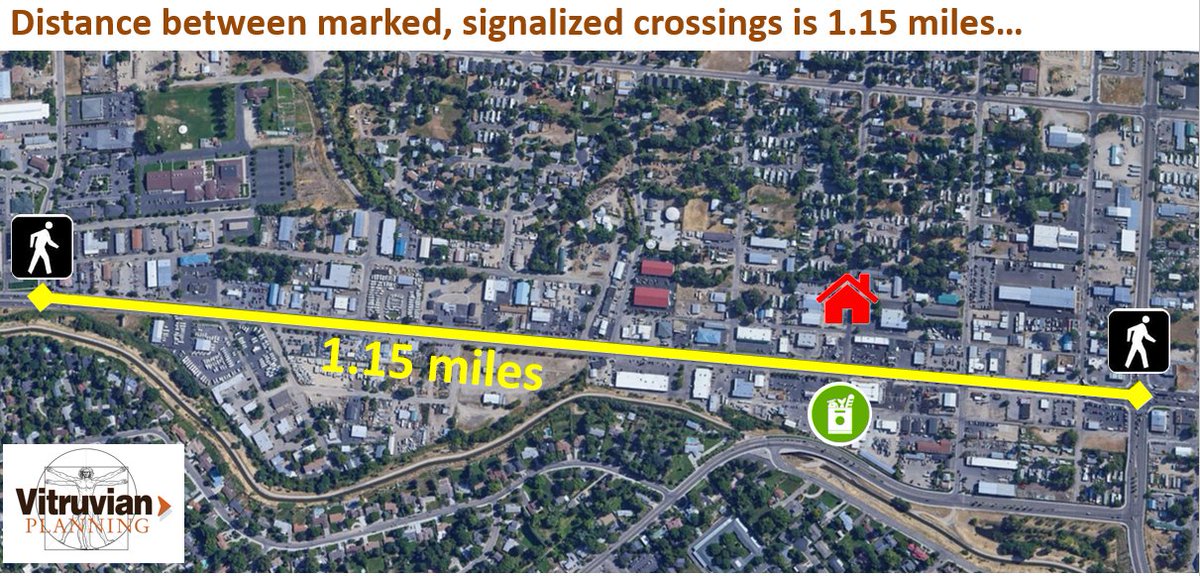
THREAD: Live tweeting the presentation from Norm Garrick for today's @COMPASSIdaho Education Forum on parking. 

Unfortunately, I don't see the names of elected officials on the attendee list. They are the ones who need to hear this the most. @COMPASSIdaho 

"I was told that civil engineers don't study parking. That made it hard to get research funding. We only study things that are moving. That has started to change and started to change policy." 

Parking in Hartford: 1957 vs. 2009.
How's that "economic success if we succumb to cars" theory working out for you, Hartford?
How's that "economic success if we succumb to cars" theory working out for you, Hartford?

"By assessing vacant lots and surface parking lots at a much lower rate than commercial buildings, the city has encouraged the proliferation of what urban designers call 'parking craters.'" 

Zurich lost population between 1950 and 1980, but they responded much differently than American cities that were losing population. 





"Even ITE Trip and Parking general manuals are based on almost zero data. Yet we treat it like sacred information that came down from the mountain...Providing free parking is an unfair subsidy for drivers because people who are not driving do not get the same kind of benefits." 

• • •
Missing some Tweet in this thread? You can try to
force a refresh














